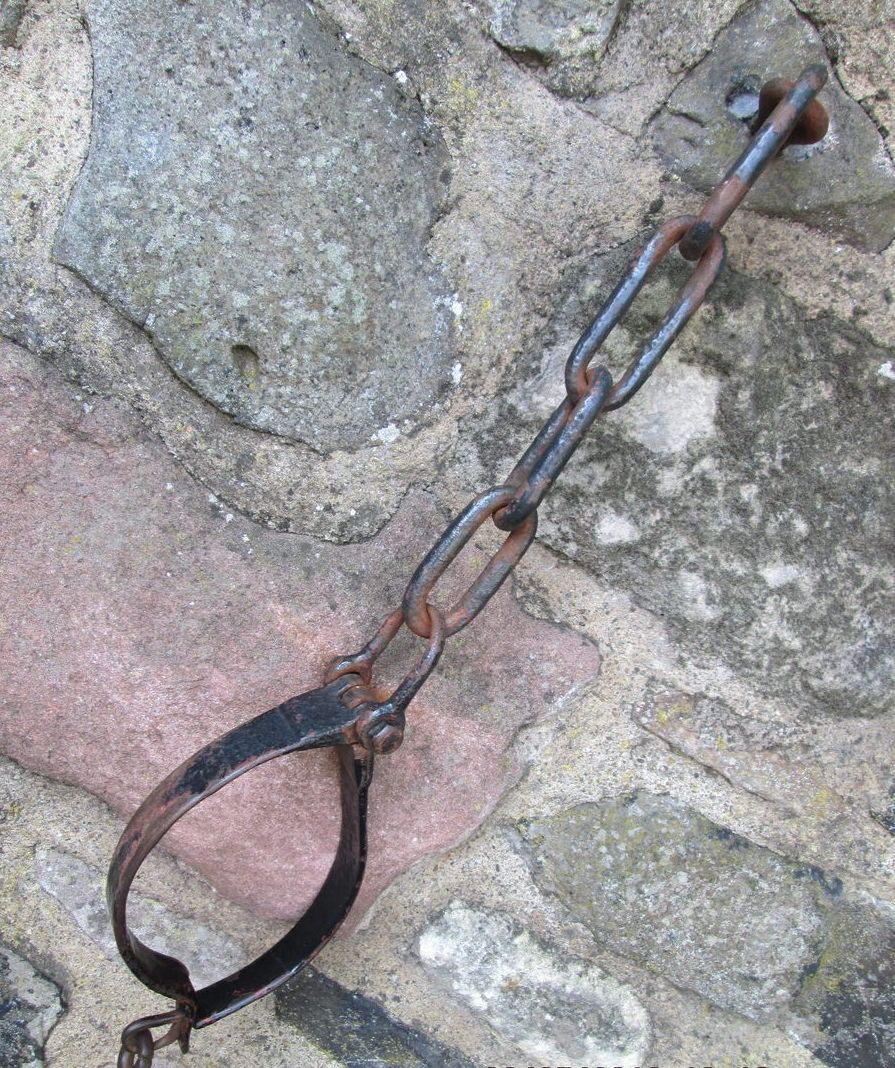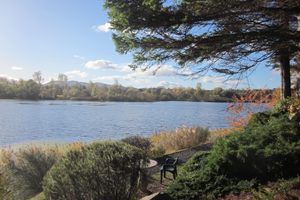About
In the quaint little village of Duddingston, just on the outskirts of Edinburgh, lies the Duddingston Kirk. This 12th-century church would have been the center of the community in the late Middle Ages, and thus responsible for addressing any legal matters pertaining to its citizenry, including misdemeanors such as public intoxication, disorderly conduct, spreading gossip, or not attending religious services.
As punishment for such societal crimes, the guilty party would have a "jougs," or metal collar, placed around their neck, with a chain adhering them to the wall. The humiliated perpetrator would be forced to repent for their sins in front of the entire congregation coming and going from the church. They would have to stand there day and night, in all forms of weather, for a length of time that was equivalent to their grievous misdeed.
This medieval device still hangs outside the Duddingston Village church today, and is one of the only remaining jougs collars in Scotland. If you do pay a visit to the historic church, there are several other notable features worth a look. Just in front of the jougs is a stone structure with a set of steps that once helped parishioners disembark and load onto their carriages or horses. Next to that is a gatehouse that was used as a deterrent for "resurrectionists," i.e. body snatchers, to stop them from robbing freshly laid corpses to sell to the rapidly flourishing medical schools in Edinburgh.
The church itself dates from sometime in the 12th-century. It has been reported that this is the oldest religious building that still offers services in all of Scotland. Stepping around to the left, and heading towards the back, one can make out an arched stone doorway that was constructed during Norman times. Looking closely on the left-hand side, the figures of Christ on the cross and a knight slaying a dragon/beast can be seen.
Related Tags
Know Before You Go
The collar and adjoining features are visible at any time. The collar is half way up the wall to the right of the kirkyard gates.
Access to the church and cemetery are restricted to specific hours, most likely open on Sundays.
Community Contributors
Added By
Published
September 11, 2019



































































